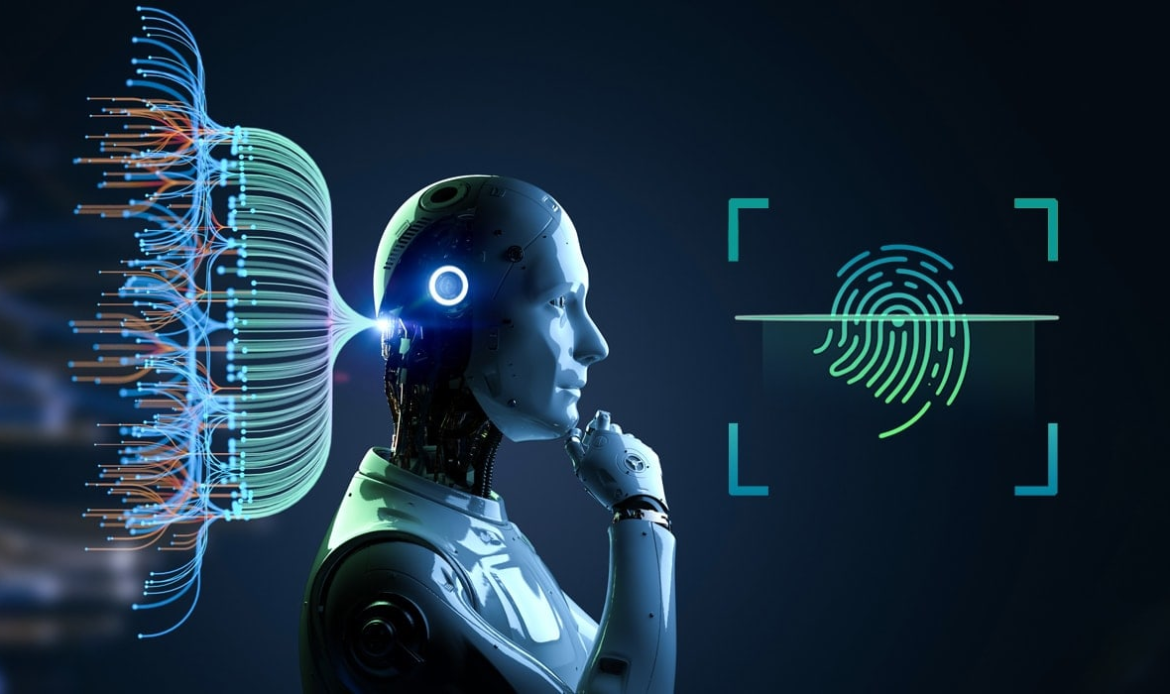This article was published in The Citizen Newspaper, Tanzania on November 8, 2024.
Raymond Joel and Shimbo Pastory
At the moment education systems and institutions are working at different levels and paces towards better adjustments towards use of Artificial Intelligence (AI) tools. No doubt AI in its uncontainable diversity has proved itself to be outstanding in the sense of speed, ease of use, broader horizon, availability, and multi-tasking complexity.
To many, including computer science experts, it evokes a sense of amazement of how far technology has come. This wonder however does not strip us of the fears of things going wrong resulting from the unpredictability of AI today, which 50 years ago existed as a much less interesting concept.
An enduring important concern of education has been to meet the learning needs of students, so that they have their questions answered, their curiosity triggered with that ‘Really!’ … ‘Wow!’ spark … and not just spoon-fed with ready-made information; the former leads to learning, and has a future of growth. New knowledge gaps are discovered by exploring the areas not clearly understood (or not clearly taught).
There is often a difference and a discontinuity between what the students want and what they receive in the classroom. As the two parties – teachers and students – operate from different levels, the focus of the teacher may differ and lean more towards the curricular needs, and not individual students’ needs.
Researchers have found this to be among the reasons many students lose motivation in formal education and even quit [See. Hovdhaugen, E., & Aamodt, P. O. (2009). “Learning Environment: Relevant or Not to Students’ Decision to Leave University?” and local Tanzanian case-study research by Tuyagaje Soko Kalinga, “Causes of drop- out in secondary schools in Tanzania”].
15 years ago, writing about ‘Meeting the learning needs of all learners through IT’, Scholars Jutta Treviranus & Vera Roberts of the Adaptive Technology Resource Centre of the University of Toronto, said: “To a busy educator within a strained educational system, the idea of personalizing the learning environment for every individual may sound at worst, ridiculous and at best, Utopian; however, with the appropriate technical supports, personalization is feasible.”

They further added that, “The online system when designed correctly has the capacity to transform and customize educational content. This section will describe the processes and technologies that enable inclusive learning through content transformation and individualized education.” [J. Voogt & G. Knezek, Eds., International Handbook of Information Technology in Primary and Secondary Education, (2008) p.789].
AI comes as that ‘appropriate technical support’ toolbox which with appropriate understanding and disciplined manipulation, can meet these learning needs, especially when effectively corroborated with enough relevant exposition in the field in question by both the teachers and students. It then becomes an important vehicle to learning.
On the other hand, to most people, except educators, personalized learning is a new concept, but interesting when learnt. In learning generally, there is always room to personalize the entire learning activity. By personalizing we mean customizing each student’s needs, interests, skills, strengths, and learning styles. No doubt the local (Tanzanian) mainstream system does not have this incorporated yet. This is understandable because of its demand for resources.
Among the strategies, according to experts, would be to use visual aids, to group students based on the aforementioned parameters, to give students more room to show their knowledge, practicals from early years, to allow a flexible format of delivery of classes, engagement with the current ‘world’ via news, etc., and regular formative assessment. This would really be a complex process needing a lot of planning for it to work. Approaches that personalize learning from early years, such as Montessori Education are also not fully accepted in mainstream education in some countries.
Nonetheless, the AI programmed tools can help to ease the trouble of these processes and help achieve the desired results, especially in the mainstream system by adding value to the output of our education system. This is because personalized learning produces students who have a desire for knowledge and skills, and who have the motivation to explore and dig deeper – as they are learning things they personally take interest in. The learners will also deepen a sense of dignity of knowledge as they are trained within a context and with a purpose that can be located in that context, hence feeling compelled to contribute to their society.
It is time our education system incorporates some wonderful technological tools that foster student – teacher learning engagement in exciting ways. But this will be really hard to reach if our system remains rigidly tied to heavily demanding curricula and grades as markers of successful teaching and learning. Education is beyond grades!
Locally, there is an urgent need to promote digital literacy nationwide, uncovering the plethora of opportunities it offers. Emerging technologies like AI need to be introduced from grassroot levels. This way we will produce young people who can compete for jobs and opportunities with their global peers. With the current technological urgency, schools need really highly qualified teachers in the field of computer science, to help keep pace with the new technologies as they come.
Raymond Joel and Shimbo Pastory are Tanzanians living in Taiwan and the Philippines, respectively. They study technology in relation to how it affects social development.
